Are we better served by hi-tech developments, or would the simple life make us happier?
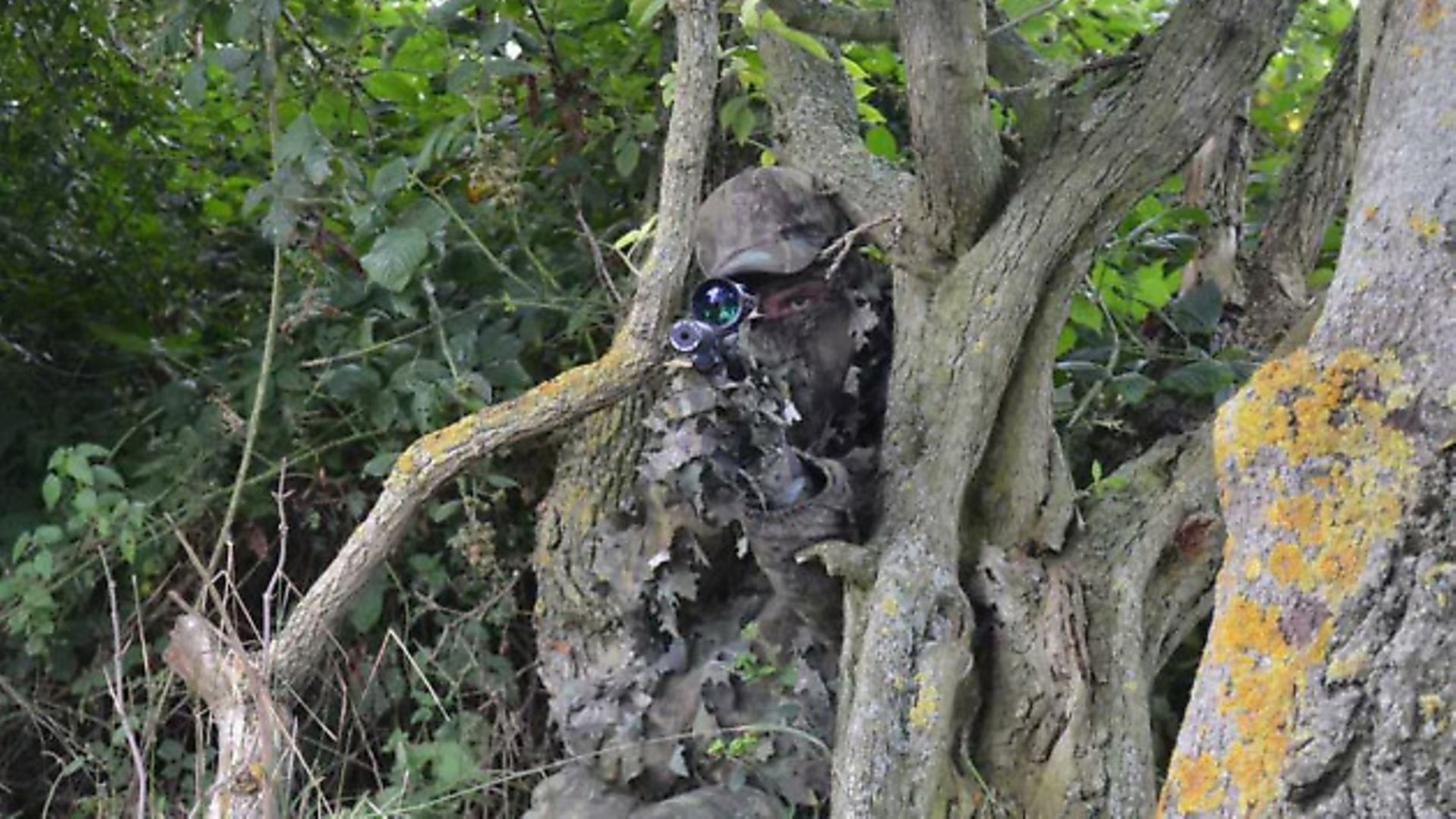 credit: Archant
credit: Archant
EYEBROW. HI-TECH V LOW TECH
The introduction to Gerard MacConnachie’s article, ‘Less is Sometimes’, has awakened a thought-maggot in my brain. It’s wriggling as I write and I’d like to share the result of its gyrations. Gerard bemoans the ‘dreariness’ of our hi-tech world, citing the anti-climax of it all. He then goes on to eulogise about the classic simplicity of a spring-piston rifle from yesteryear, and it’s the value of this simplicity that made my maggot wriggle – if you’ll pardon the expression. I’m aware that the contrast between simplicity and the highest of tech is more stark than ever for me this month, due to my spending every conscious spare moment of my life with the Daystate Pulsar. Such intense exposure to that two-grand, and for some, too grand, tribute to what an airgun manufacturer can produce these days was always going to force the technology issue, and I found myself asking, sometimes out loud, ‘do we really need all this?’
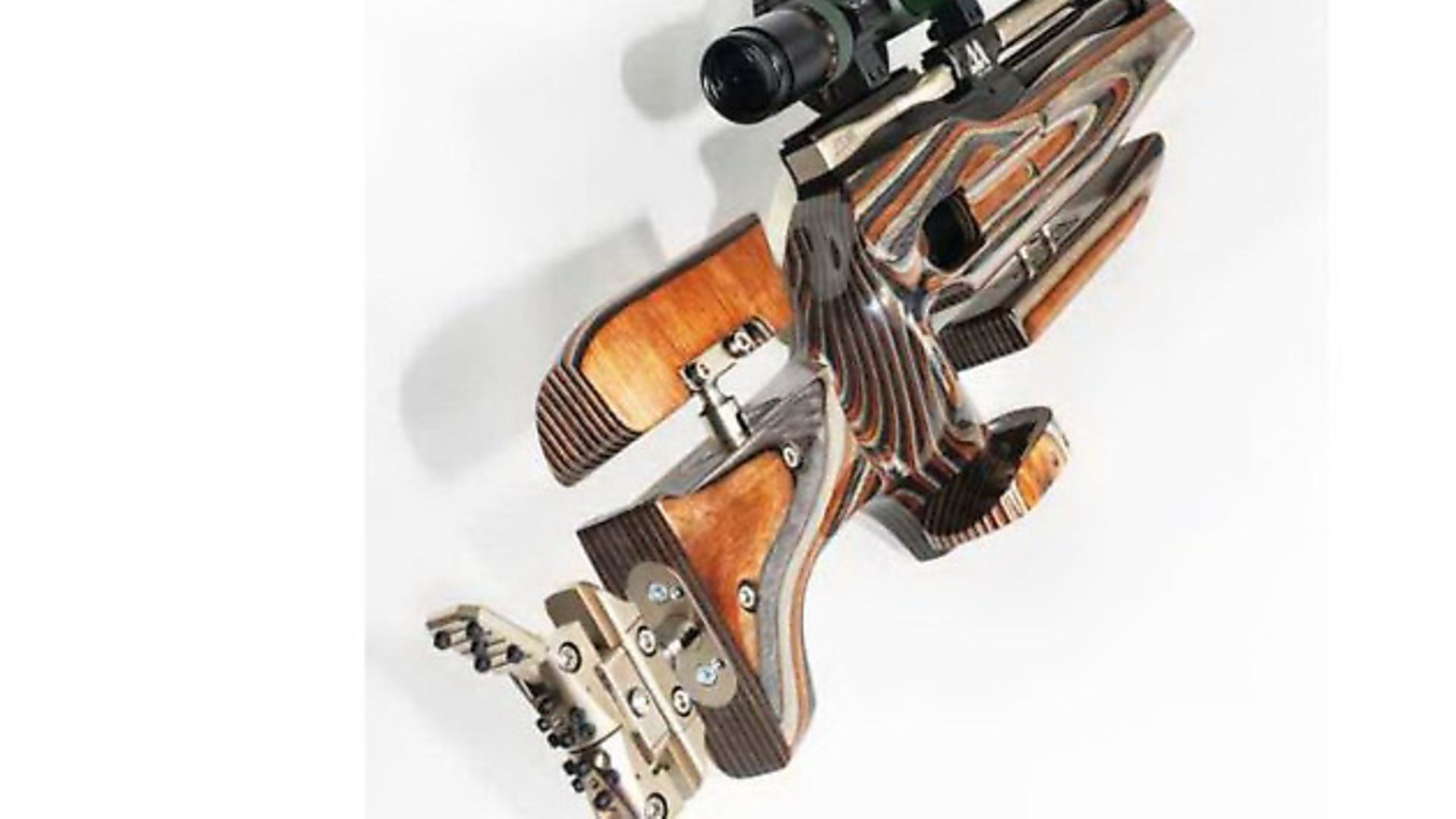 credit: Archant
credit: Archant
NEED AND WANT
The basic answer, of course, is ‘no’. We don’t ‘need’ a hi-tech air rifle, or any air rifle come to that, in the same way we need groceries, electricity, and the means with which to support our families. Unless you’re a professional pest controller, airgunning isn’t something you need; it’s something you do because you enjoy it. Thus we become divided into the multiple levels that form due to our commitment, desire, time and available finance. In other words, how much the sport means to us and what we’re able to spend on it. Whatever your level, you’re firmly in the ‘want’ camp, and away from the real meaning of ‘need’.
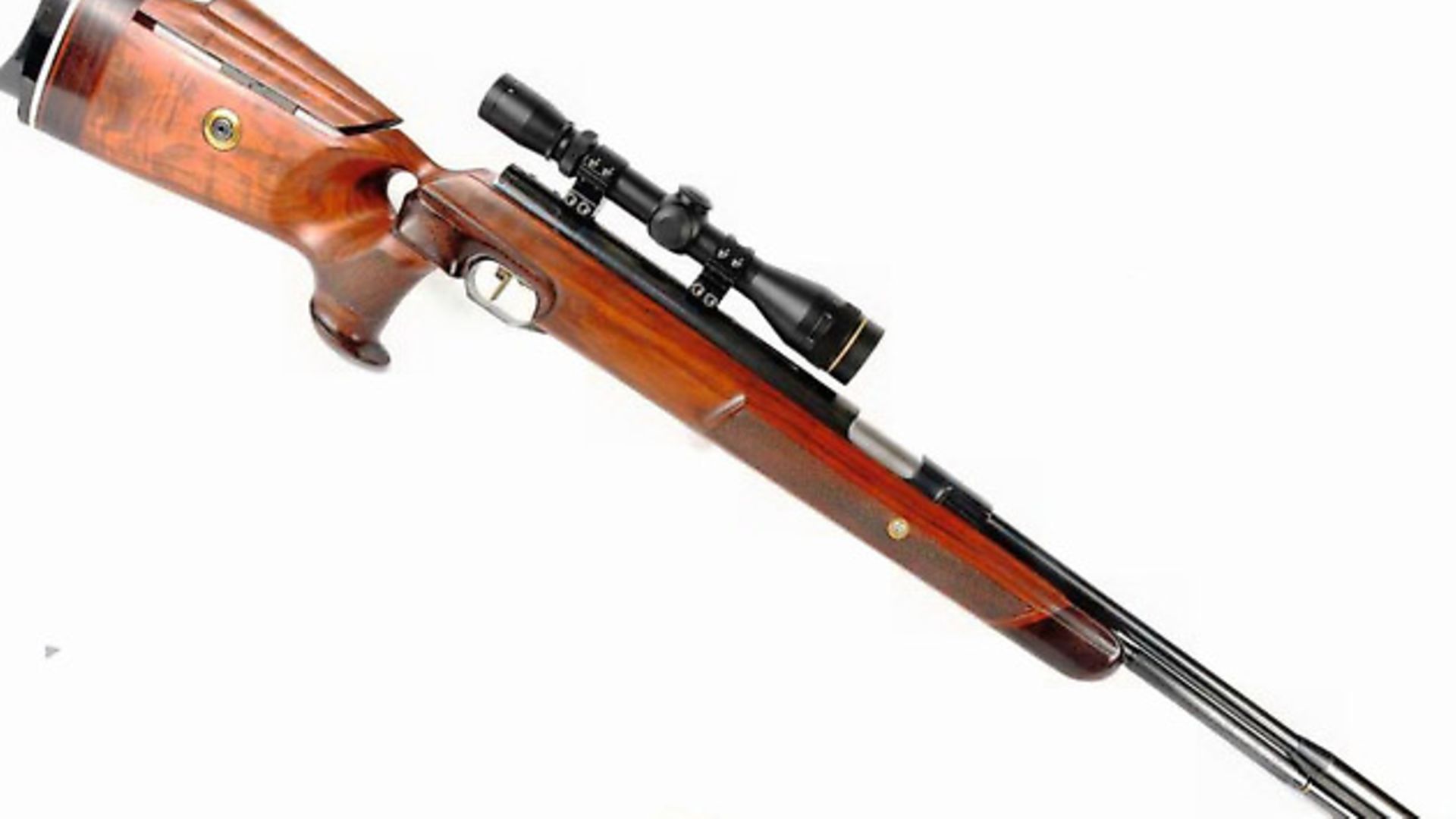 credit: Archant
credit: Archant
CONTRAST AND COMPARE
Let’s now remind ourselves of the good, the bad and the ugly side of hi- and low-tech, and it’s here that my long-suffering readers will begin to say ‘yes but …’ as I cover each point. That’s fine, it really is, because it highlights the essence of the whole issue, which I’ll already reveal as ‘each to their own’. Here goes.
Hi-tech rifles, when they’re working as designed, shoot more efficiently than low-tech ones, and they help us to hit more targets. They do this by being recoilless, supremely consistent, extremely ergonomic and they always have precision triggers. These guns also do their best to relieve us of as much responsibility as possible, by not insisting on perfect grip tension, trigger control and follow-through. Some shooters regard this degree of assistance as a fine thing, while others insist it renders shooting sterile, clinical and lifeless. My own father rejected a pre-charged pneumatic I loaned him to deal with a squirrel problem, and went back to the break-barrel springer he’s had for 20 years, purely because the PCP ‘didn’t feel proper.’ Not the most technical appraisal, admittedly, but many of you will know what he means. Many consider hi-tech rifles to be ugly things – I don’t; I think they’re handsome and impressive – although I also love the look of a Pro Sport or an Airsporter. One thing I can confirm, is that all airguns become prettier when they help us shoot better, no matter how tech they are.
Then there’s the perception that hi-tech means fragile laboratory instruments, while low-tech guns are as tough as tractors and never break down. Realistically, when the performance bar is set to hi-tech levels, any drop-off shouts in your face and makes you take notice, whereas a lower-set bar can dip quite a bit before we work out that all is not right. Also, a pinch of grit will never stop a springer in its tracks, but such contamination in the techno-bowels of a PCP could mean a complete systems shutdown. That said, I’ve used and abused my pre-charged pneumatics in a deliberately disgraceful way for many years, mainly as part of the field trails I carry out, and provided the basic hygiene rules are followed, any major grief is rare. The ‘fragile’ misconception remains, though.
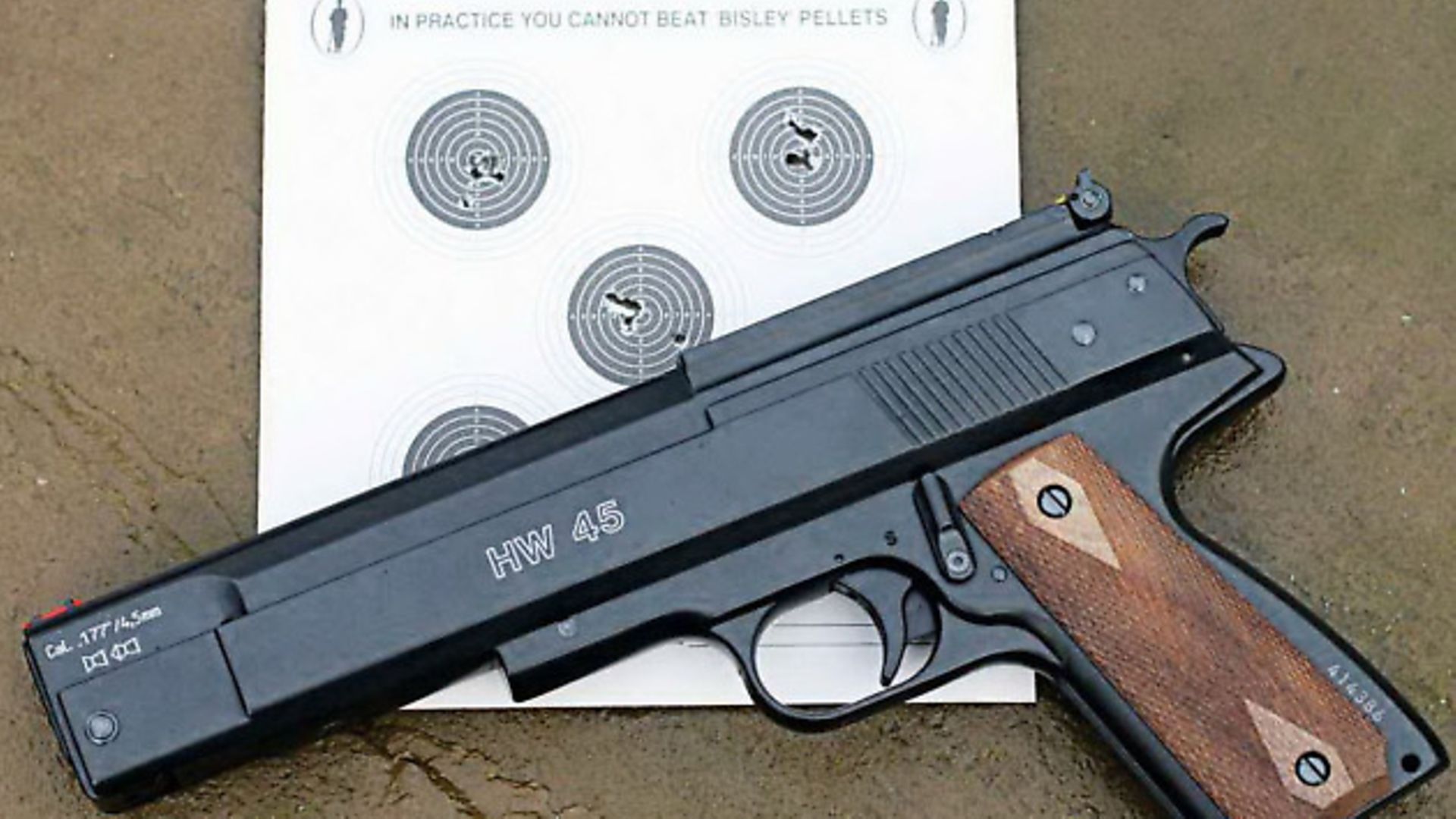 credit: Archant
credit: Archant
SATISFACTION GUARANTEED
Then there’s the user satisfaction thing. Dropping a distant target, or putting together a tiny group at 50 yards or so, is more satisfying with a low-tech rifle than with the latest recoilless supergun. I’ve occasionally managed to do these things with both types of rifle, and I can confirm that the difference is real. It comes from a combination of doing more of the job yourself and having no need of hi-tech airgun smarts to shoot to an applause-worthy standard. Again, some care about such things, while for others it’s all about the result.
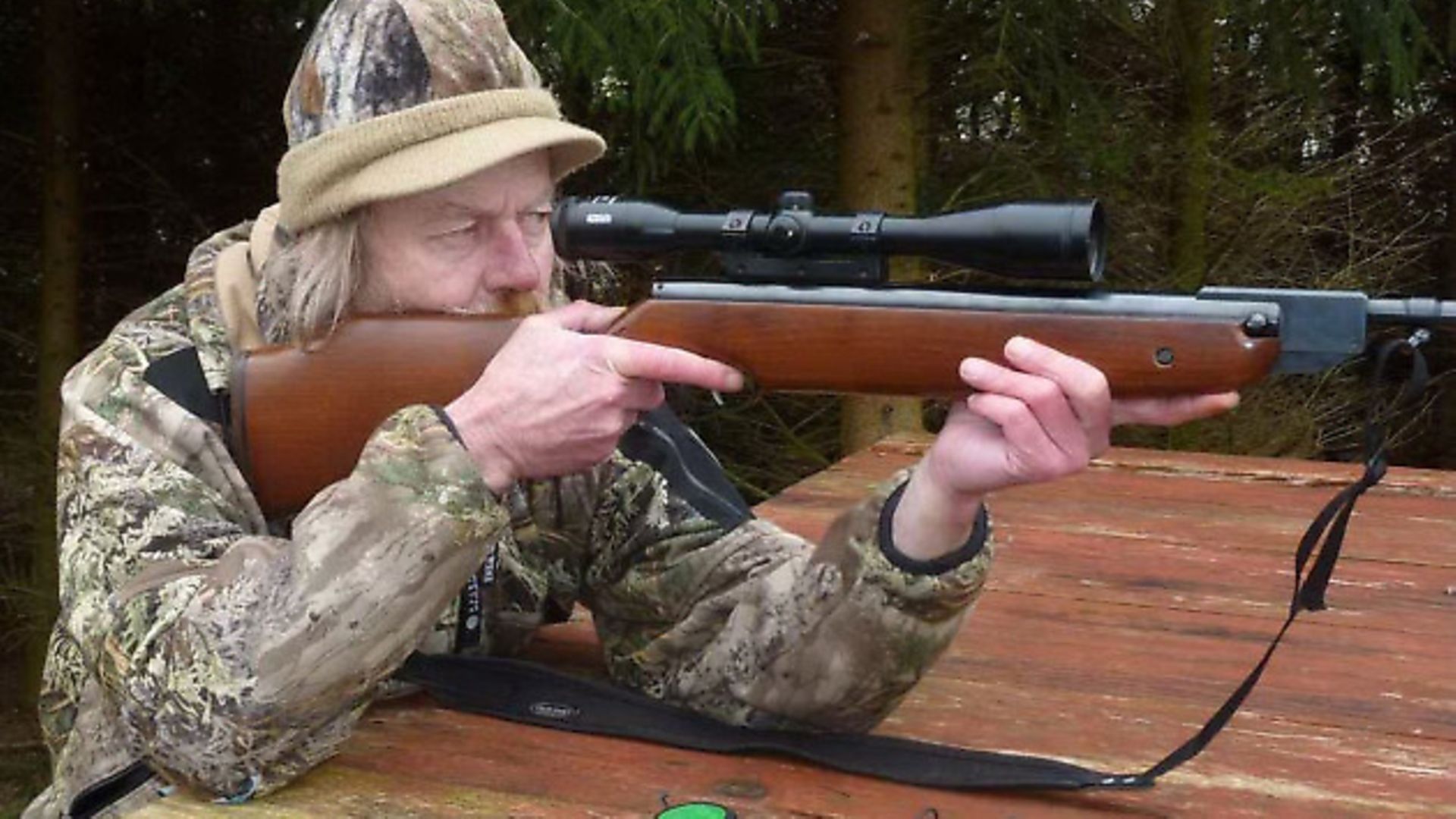 credit: Archant
credit: Archant
MOVING FORWARD
History will show that no one has droned on more than I about our need for hi-tech, ergonomic rifles, or at least their stocks. I droned like this with better performance as my sole motivation, and I still believe passionately that such advances should be more readily available to more airgunners. Now, without back-pedalling in any way whatsoever, I have to point out that there is far more to our glorious sport than pure robotic efficiency. Of course there is; even the efficient robots among us appreciate that.
I believe most of us can toggle between airgunning modes, adjusting our appreciation sources as we do so. At my airgun club on any given Monday, will gather a posse of mature gentlemen who are as ecstatic about their vintage springers and affordable CO2 rifles, as they are about their megabucks PCP hardware. The source varies infinitely, but the pleasure comes out the same.
HORSES AND COURSES
I’ll close this brief investigation, and hope to settle my brain-maggot, with the thought that there’s room for every type of airgun, and airgunner, within our sport. The Pulsar may polarise opinion, but the fact that it exists at all brings us good news about this pastime of ours. The investment in that rifle is, in airgun terms, colossal, and that means its maker is reasonably confident of a return on that investment. I love it when our sport is shown to be worthy of commitment, be it from those who make the guns and gear, or those who use them. Long may each cling to their own, and here’s to variety being the very spice of airgun life. n